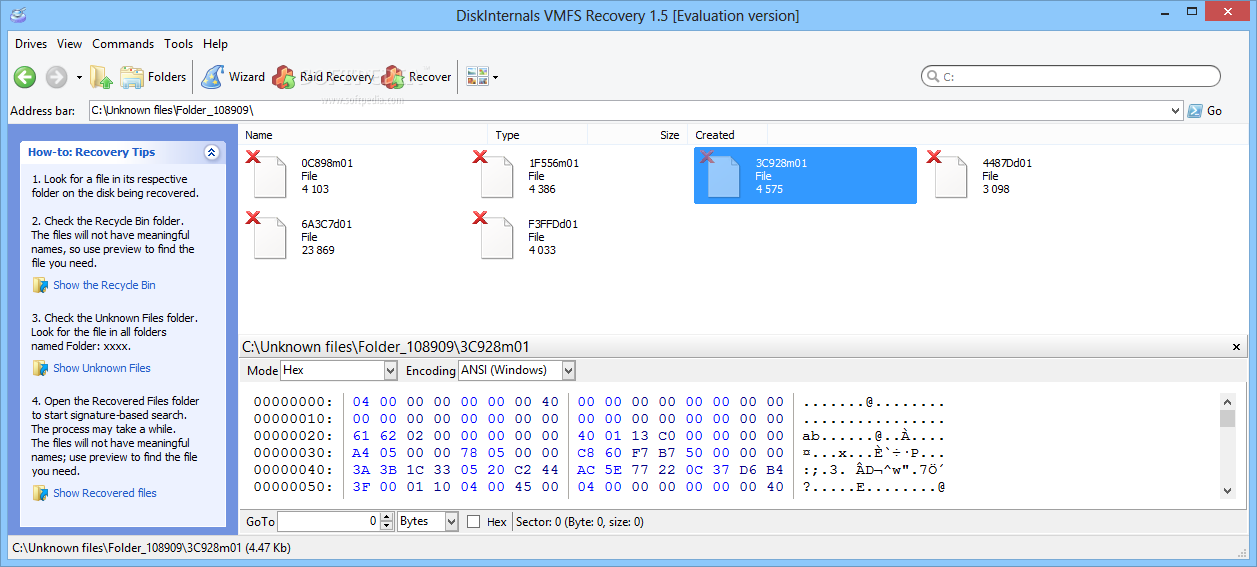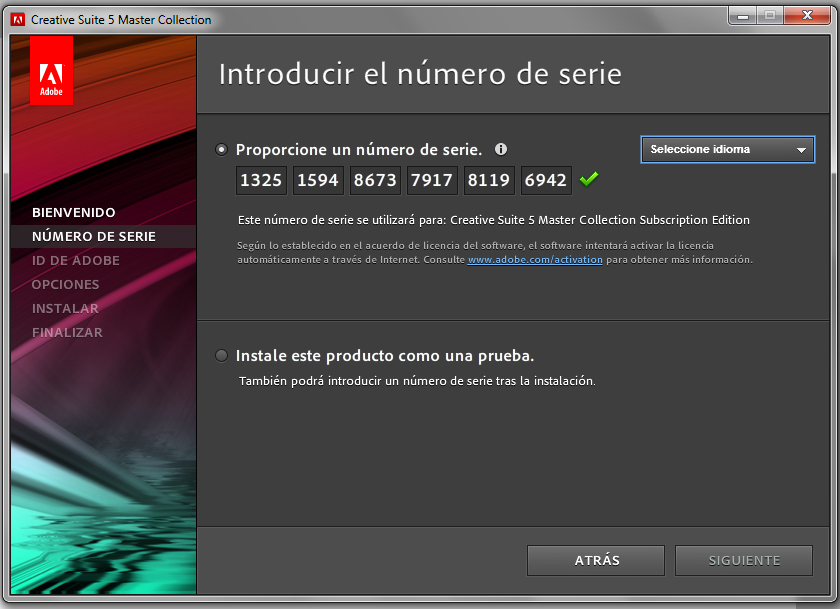

PIRBRIGHT TO ATTEND THE ALL ARMS DRILL CADRE.I have created a USB driver which allows you to use wired XBox 360 Controllers via USB, and wireless XBox 360 Controllers via the Microsoft Wireless Gaming Receiver for Windows, on your OSX machine, including support for the Apple Force Feedback library. INSTRUCTORS THINKING OF OR GOING TO A.T.R.
#Timepassages 5 serial number torrent manuals#
THE CURRENT BRITISH ARMY DRILL MANUAL ON CDĪrmy Training Manuals PdfCONTAINS THE FULL DRILL MANUAL ANDA THREE WEEK DRILL CADRE ON CD ROM IDEAL FOR REGULAR ARMY, T.A. Moving from a line to a crescent may sound inconsequential, but along a frontage of some 200 persons, under battle conditions on broken ground, it is quite a feat! In the Peninsular Campaign they were able to adapt this formation from strictly linear to a shallow crescent. As an example, the British used an unorthodox two rank line during the later 18th and early-to-mid 19th Centuries as a force multiplier.

In a period when all war was foot drill, this could obviously prove an advantage. Troops who do lots of drill can more easily be taught new formations, building off the base of experience previously garnered. Troops who are new to drill are unconfident and tend to panic or become confused when new commands are introduced.

Proficiency in drill further enabled the creativity of generals. As such, when faced with musketry, cavalry or cannonade a loose formation would be more prone to succumbing to panic and rout. The difference between a body of troops and a disorganised crowd is a narrow one. When formations broke up precious time would have to be spent reforming them in the face of the enemy: additionally, loose formations breed confusion. When troops were thoroughly drilled they could move confidently at speed without their formations - carefully proscribed in order to maximise the use of their weapons - breaking up, particularly over rough ground. These elements were found to be particularly powerful in Colonial Theatres by most European States, where massed drill and the discipline that imbued allowed small expeditionary forces to repeatedly defeat larger indigenous forces.Īdditionally, greater drill equated to greater manoeuvreability. As such, the better the drill, the better - in theory - the soldiers. The psychological boost which being part of an effectively faceless mass and surrendering your fate to that of the corporate group provided enabled men to stand in the face of the enemy that bit longer than said foe. There are anecdotal reports of soldiers in this almost trance-like state reaching out to try and catch cannonballs at the end of their arcs, with unpleasant results. In such conditions, particularly when one considers the nightmarish nature of the ubiquitous cannonade and the buildup of smoke from musket discharge, drill allowed the soldier to withdraw into himself and react to commands. With the muskets of the era having short ranges owing to the nature of their ammunition and a certain reticence on the part of men to kill one another at short range, it was necessary for battalions to form up as broad lines 2 to 4 ranks deep at distances averaging 25 yards (approx 20m). The apogee of this style of warfare is arguably the English Civil War, as the last major war using these methods before the introduction of the bayonet created 'The Queen of Battles': the Line Infantry. Additionally, in the confusion of battle it was found that the clear and concise nature of drill commands allowed the individual soldier to cope with the psychological stresses of battle. These were the first versions of foot drill, intended to allow a group of disparate individuals to form one organised body of men, moving singlemindedly with united purpose. The requirement for quick and accurate movement of these large bodies of troops in order to outmanoeuvre their opponents on the tactical level led to the introduction of standardised movements and commands. This period is known as the Pike and Shot period, where muskets and arquebus without bayonets were defended from infantry and cavalry by blocks of pikemen. What would today be known strictly as foot drill emerged over the course of the 17th Century.


 0 kommentar(er)
0 kommentar(er)
